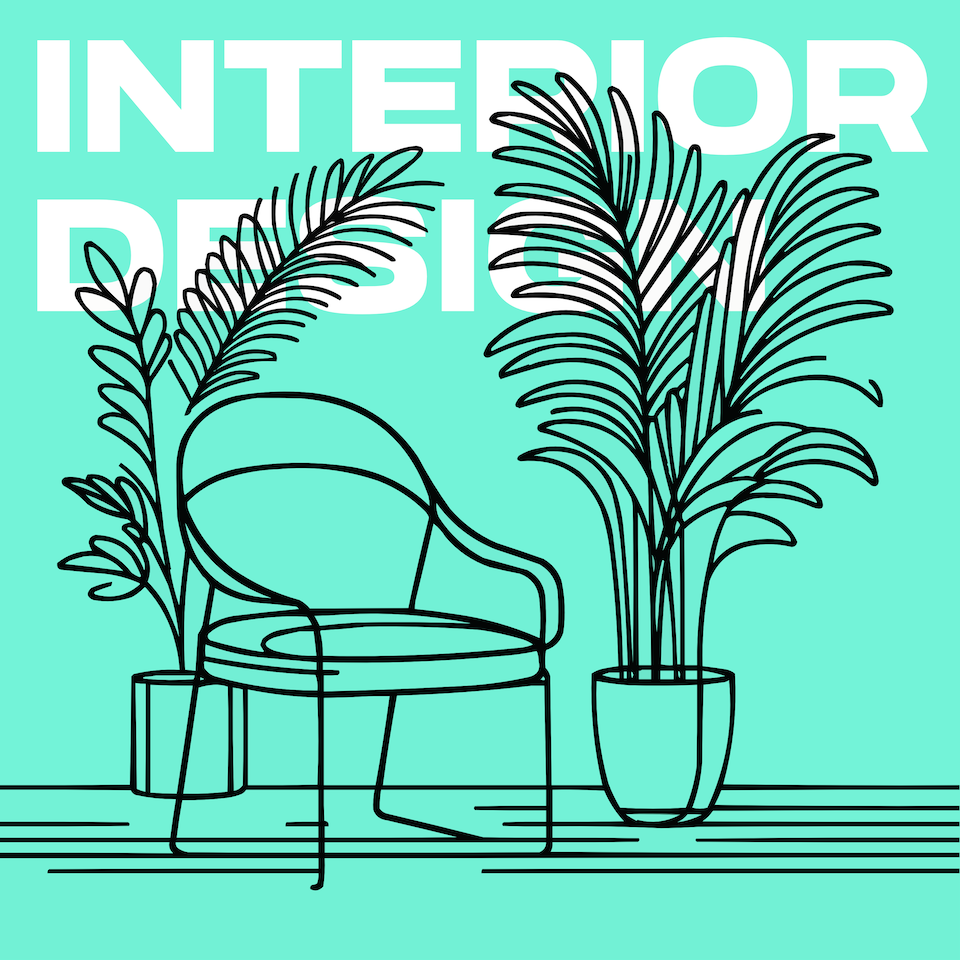The Enchantment of Repetition: Discovering Patterns in Interior Design
Welcome to "Interior Design for Beginners," where we simplify the world of design, guiding you to craft spaces that resonate with your unique style. Today, we're diving into an aspect of design that adds rhythm, depth, and personality to any room: the enchantment of repetition through patterns in interior design. Imagine walking into a room where every element sings in harmony, creating a visual melody that captivates and comforts. This isn't the result of random selection but a deliberate dance of patterns that repeat and resonate throughout the space. Patterns, when used thoughtfully, can transform a bland space into a tapestry of personal expression and interest. They are the hidden language of our homes, telling stories through their repetition and variance. The magic of patterns lies in their versatility. From the bold statements of geometric shapes to the soft whispers of floral designs, patterns can either take center stage or support the overall theme of a room subtly. But the true artistry lies in knowing how to balance them, ensuring they complement rather than compete with one another. Let's discuss the types of patterns and how they can be harmoniously integrated into your design. First, geometrical patterns, characterized by their crisp lines and angles, often inject a modern vibe into spaces. Whether it’s a patterned rug under your coffee table or a striking wallpaper accentuating one wall, geometric patterns add dynamism and focus. On the other hand, organic patterns, inspired by the irregularities found in nature, bring a softer, more natural feel. Think of a floral wallpaper or a leaf-patterned throw pillow; these elements introduce an element of the outdoors, creating a bridge between your indoor oasis and the natural world. But how do you incorporate these patterns without overwhelming your space? The key is repetition. By repeating a particular pattern or a complementary set of patterns throughout your room, you create a sense of unity and flow that guides the eye smoothly from one area to another. This repetition can be subtly introduced through textiles, artworks, or even architectural elements. Another vital aspect to consider is scale. Mixing patterns of different scales can add depth and interest to a room. For instance, pairing a large floral print with a smaller, geometric design can create a layered look that is both engaging and cohesive. However, balance is critical. To avoid a chaotic environment, ground your patterns with solid colors. Neutral tones work well as a canvas, allowing the patterns to stand out without competing with each other. Now, let's not forget about the power of personal expression. Your choice of patterns can reflect your personality, your travels, or even your dreams. By curating patterns that resonate with you personally, you craft a space that is not only visually appealing but also deeply personal. To sum up, the enchantment of repetition through patterns is not just about aesthetics; it's about creating spaces that feel harmonious, expressive, and uniquely yours. Remember, in the world of interior design, patterns are not just decorations; they are storytellers, waiting to weave the narrative of your space. As you embark on your design journey, embrace the repetition, find your rhythm, and let the patterns dance. Thank you for tuning into "Interior Design for Beginners." May your design adventures bring patterns of joy and beauty into your life.
Brought to you by Room AI
